WWII letter to the parents of a crewman lost in air combat training:
"He did not lay down his life upon the field of battle, but his sacrifice is the same. He was preparing himself to defend those liberties and principles which had been taught to him from his early youth and which were a part of his very being. This may be small consolation to you in your bereavement, but you may well be proud both of his life and of his death."
Friends of the Wyoming Veterans Memorial Museum

B-24J 42-100023, lost on Casper Mountain, WY, June 17, 1944, Zorn crew
Honoring the eight-man combat training crew of
2nd Lt. Richard Zorn,
lost on June 17, 1944, on Casper Mtn., WY


Casper Mountain claims a B-24J and her crew
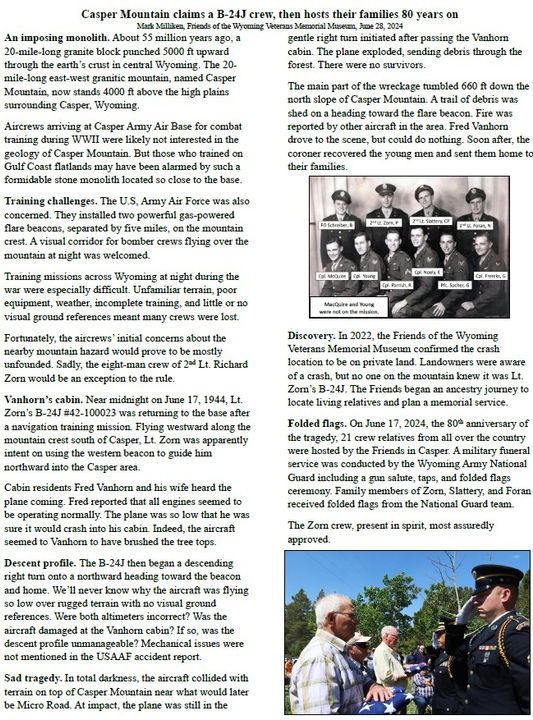
The search for 2nd Lt. Zorn's crew
and B-24J 42-100023
In 2022, Friends researched the location of the Zorn B-24J that crashed somewhere on Casper Mountain, about 12 miles SE of CAAB. We knew the search would be a challenge, because landowners are typically very untrustful of outsiders, especially those who want on their land. Moreover, after 80 years, few if any landowners had any knowledge of the crash site location or aircraft identification.
Old timers are aware that a WWII crash site occurred somewhere on the mountain. Residents escorted Friends to areas they were sure was a crash, given the amount glass and metal on the ground. These sites were typically littered with trash. On one occasion, Friends were taken to a crash site on the south flank of Casper Mountain. The large borate tank and Grumman Avenger landing gear lying on the ground told the story of a fire bomber that mushed into the ground while fighting a fire in 1968.
Other stories described pieces of aluminum debris scattered along Micro Road on the top of Casper Mountain. After days of traversing the main road and side roads, Friends researchers found nothing. Not being able to access private land was a challenge for trying to find debris.
A retired judge heard about Friends' efforts, and he contacted us. He knew nothing about any particular aircraft. But he described how as a child in the 1950s, his grandparents would send him out to play in bomber wreckage. He pointed out a house built in 1970 whose foundation was set on four holes in the ground where, he said, the B-24J engines hit. Nobody knew or cared in 1970 about the bomber, and the original homeowner had no clue about any engine divots under his house.
The judge got us to the right area, and we started by knocking on doors of people we knew. That led us to introductions to landowners we didn't know, and soon we were viewing large collections of B-24J debris. The owners had no clue what the debris is. Friends knew immediately that it was the Zorn site, and received land access permissions from most, but not all, landowners. Friends invited researchers from the Colorado Aviation Historical Society to traverse the debris field.
The following photos are of debris found mostly by landowners. Being in an area of relatively high human activity, the debris field has been thoroughly cleaned up over 80 years. Most wreckage is in the possession of landowners, who are the rightful owners. There are small pieces of debris still in the foliage that have been overlooked. The group left any newly found debris where found, after advising the landowner.
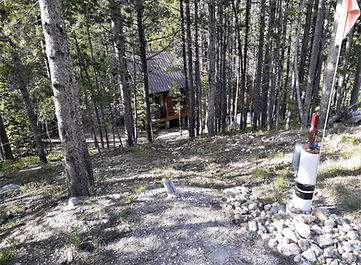
Where B-24J 42-100023 and the Zorn crew came to rest on June 17, 1944. The hillside in the foreground is covered with crash debris just under the surface.
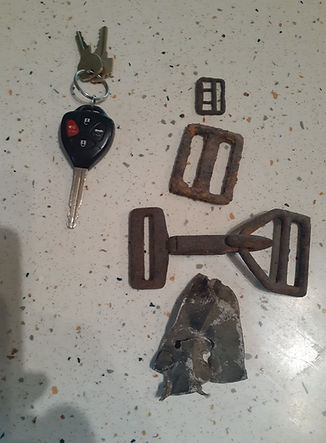
Parachute strap hardware.

Expended .50 caliber rounds. Aircraft fuse at right.
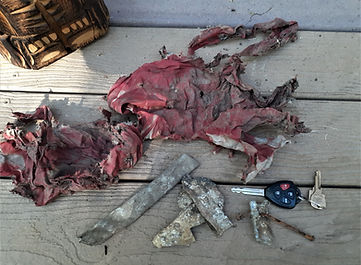
Landowner debris collection. The red fabric may be a parachute.
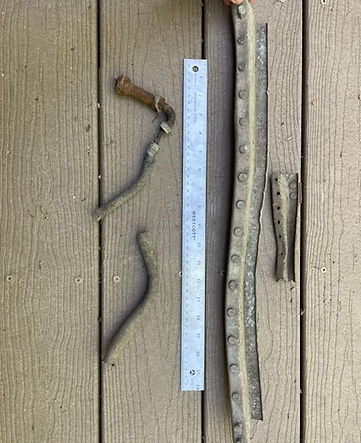
Aluminum structural stringer and spark plug lead (upper left). Ruler for scale.
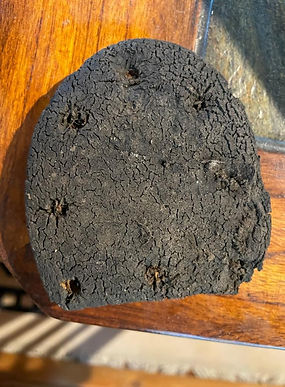
Shoe heel with eight nails, typical of military issue.
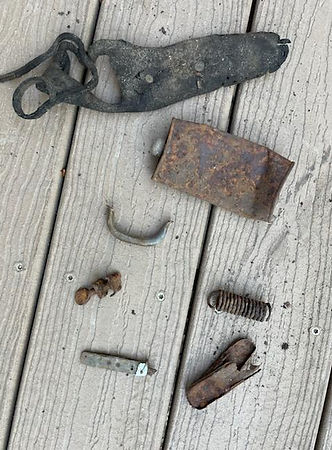
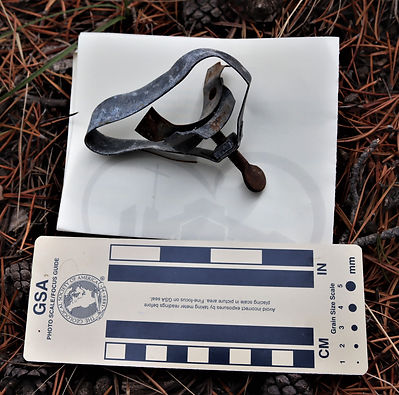
Hose clamp found at impact area. Discovery of this part by Friends confirmed the crash site location.
Uncertain items.
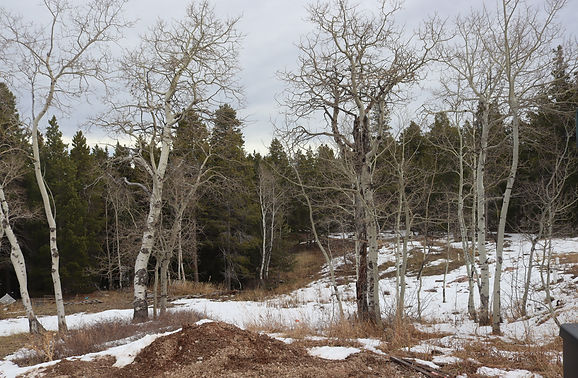
B-24J 42-100023 impact area.

Rubber hose found at impact area.
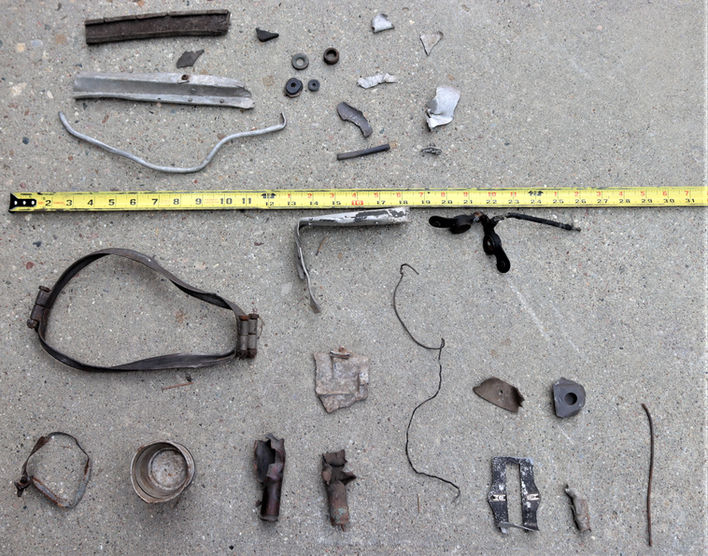
Debris found by landowner. Note throat microphone below tape measure at right.
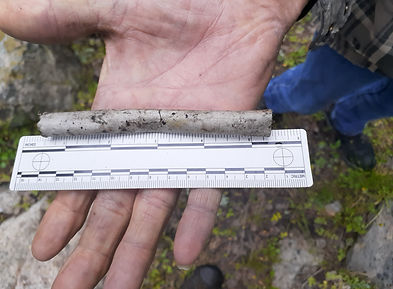
Aircraft tubing found by a Zorn crew family member. The piece was unknown to the landowner. It was left where found out of respect for the crew.
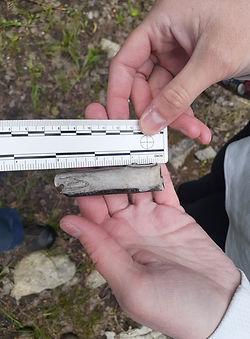

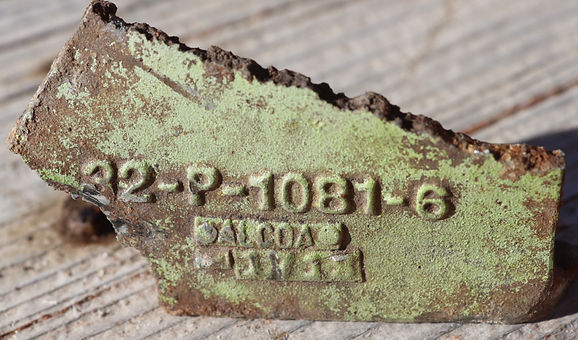
Aluminum casting. Number 32 denotes B-24 usage.
Honoring the Zorn crew with a granite plaque.
On June 5, 2024, Friends and the Wyoming Veterans Memorial Museum installed a granite plaque with crew names on private property near the aircraft impact point. The landowner was very generous in allowing this excavation.
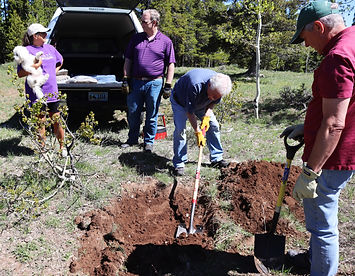

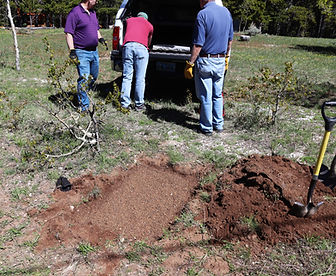

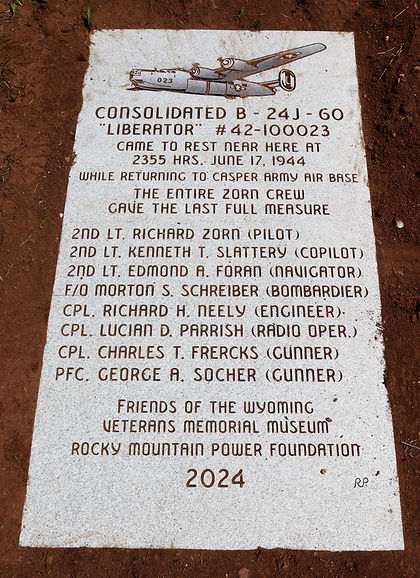
The Vanhorn cabin on Casper Mountain:
Was the B-24J of 2nd Lt. Richard Zorn disabled prior to hitting terrain?
The flight path of B-24J Bomber 42-100023 at impact appears to have been northerly and on a heading toward a navigational flare beacon on the north slope of the mountain.
Zorn’s aircraft narrowly misses Frederick Vanhorn’s cabin (see below). Fred and his wife were in their cabin located about 1.2 miles SE of the crash site. Fred could tell the aircraft was too low, but with engines operating normally. He told his wife to take cover as the cabin was about to be hit. There was no crash, but Fred heard the plane tearing through trees nearby (as told to Fred’s daughter). Fred drove to the impact site but could do nothing for the crew.
Was the flare an issue in the crash? Fred faulted the AAF for a navigational flare that was too low and could only be seen from directly above. He felt this is why the low-flying plane crashed, and the crew was lost. On June 22, 1944, Fred gave the Army Air Force a statement to that effect (see below). But is that observation valid?
The navigational flare would be visible from the Vanhorn cabin. When plotted on Google Earth imagery, the flight path between Vanhorn’s cabin and the impact point suggests the navigational flair tower north of the impact point was likely Zorn’s only local ground reference. When a terrain profile is extracted along the flight path (see below), it’s apparent that the flare could be seen from the Vanhorn cabin.
If the plane sustained damage from hitting trees near the Vanhorn cabin, the crew may have had difficulty maintaining the descent profile they wanted. The aircraft would have barely missed Archery Range Road. They maintained a gradual right turn toward the flare but could not clear terrain at Micro Road even if they could have seen it.
Approaching from the east toward the west navigational flair beacon, Zorn’s aircraft nearly hit terrain at the Vanhorn cabin on Casper Mountain, 1.2 miles west of the crash site. The aircraft may been low enough to hit trees and sustain damage near the Vanhorn cabin. If so, aircraft performance may have been compromised while the crew attempted a descending right turn toward the flare. The banking aircraft couldn’t clear Micro Road. The wreckage tumbled northward 660 ft down slope, coming to rest in a ravine.
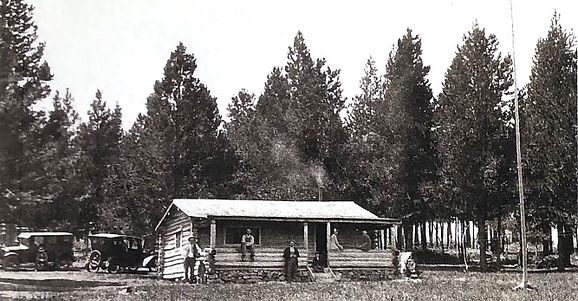
The Vanhorn cabin.
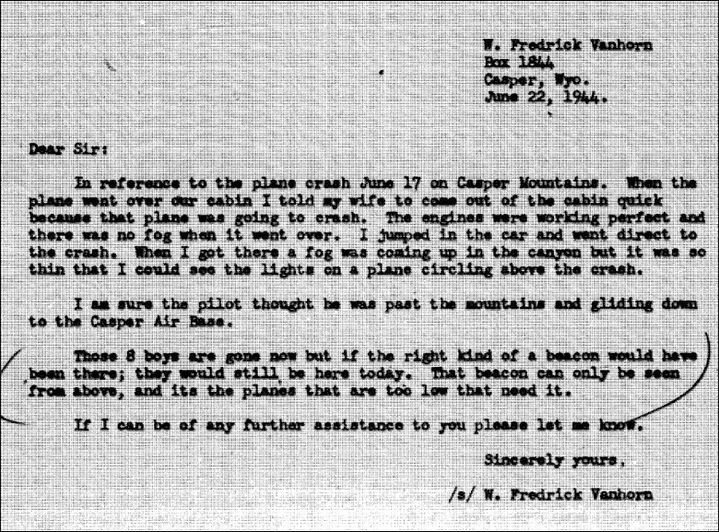
Fred Vanhorn's letter to the AAF. His assertion that the Zorn crew could not see the navigation flare is not supported by a terrain analysis (below).

Terrain analysis showing a proposed Zorn aircraft flight path over the Vanhorn cabin and down to the impact site. This analysis suggests the beacon flare would have been visible at the Vanhorn cabin. If the crew was on a heading toward the flare, why did they hit the ground short of the flare? Was the aircraft damaged by hitting trees at the Vanhorn cabin?
Bringing Zorn crew families together for an 80th anniversary memorial service.
In 2022, Friends began ancestry research into locating living relatives of the Zorn crew. Results were good, as 24 relatives of pilot Zorn and copilot Slattery responded with a desire to attend.
Several unique activities were planned for the families, including a trip down the Oregon Trail and a genuine western barbeque at a local ranch. Most crash site landowners readily extended a warm welcome to the families.
80 years after the accident, June 17, 2024, the Zorn families met on Casper Mountain to remember and honor their lost crew members at this sacred site. The landowners escorted the families through the debris field from the impact point to 660 ft down the north side of the mountain to the heavy bomber's resting place.
Being in an area of relatively high population, the debris field has been thoroughly picked over in the past the 80 years. Most wreckage is in the possession of landowners, who are the rightful owners. There are small pieces of debris still in the foliage that have been overlooked. The group left any newly found debris where found, after advising the landowner.
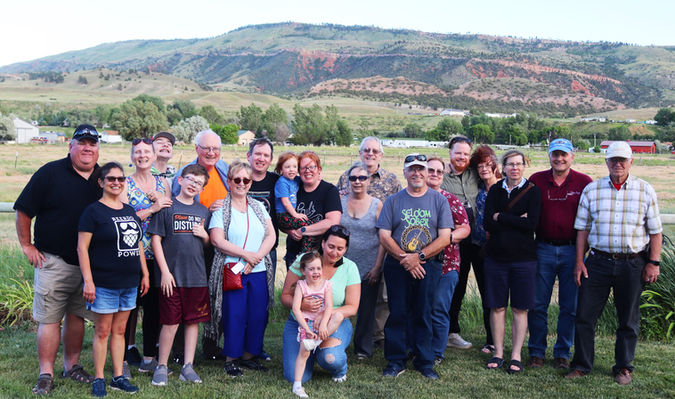
The Zorn crew families enjoyed a western barbeque at the Faxon ranch west of Casper. The ranch location is near Bessemer Bend and the Goose Egg Ranch of "The Virginian" novel fame. The Zorn family is on the left, Moran family in the middle, and Slattery family on the right. Casper Mountain is in the background.
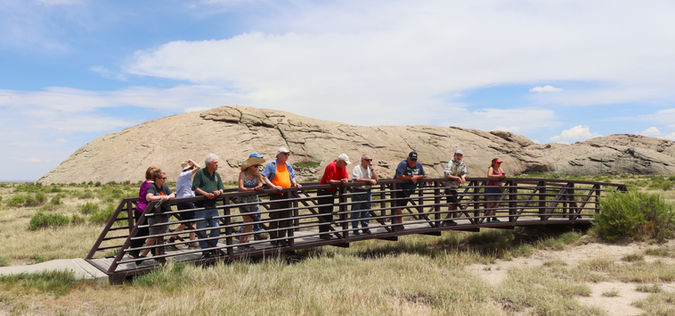
The family groups visit Independance Rock while traveling the Oregon Trail.
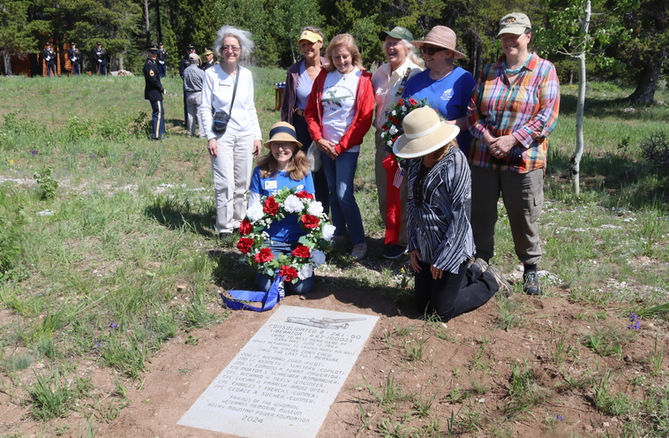
Daughters of the American Revolution honor the Zorn Crew.
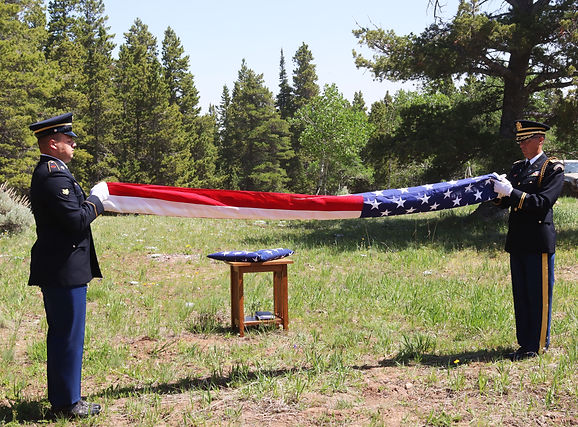
The Wyoming Army National Guard conducts a folded flag ceremony. The aircraft crash site is in the background.
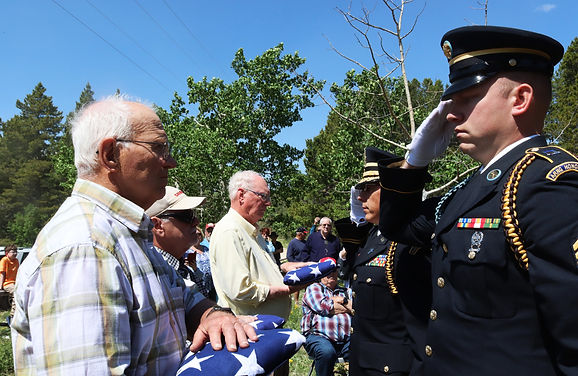
Folded flags being presented to patriarchs of each of the three families.
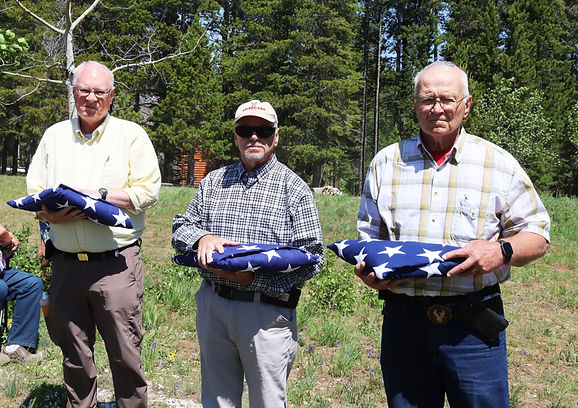
Crew family members L-R: Zorn, Foran, Slattery.
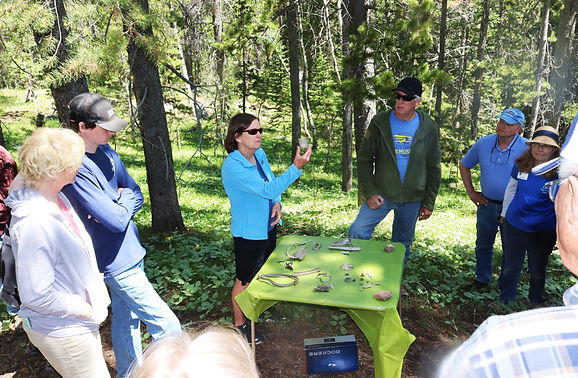
Landowner describes crash debris found on her land to family members.

Looking over debris found where the aircraft came to rest.
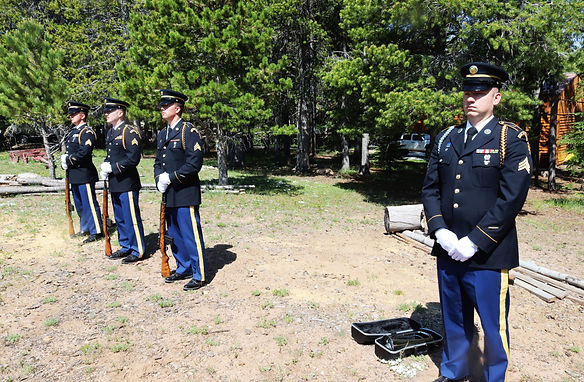
The Wyoming Army National Guard funeral team.
Friends hosts the family of a WWII veteran’s widow.
Zorn's copilot, 2nd Lt. Kenneth Slattery, was married at the time of his death. His wife Amy was with him in Casper at the time of the accident. She took his remains on a train back to Chicago, where she would continue living for several years.
After a few years, Amy Slattery remarried with the name Weiss and had a family. Although not blood relatives, Amy's children had a strong affection for Kenneth through their mother's stories. Her son and daughter were not able to attend the June 17 memorial. But plans were made for them to visit in September. Below are photos of their visit.

Copilot Kenneth Slattery with his wife Amy.
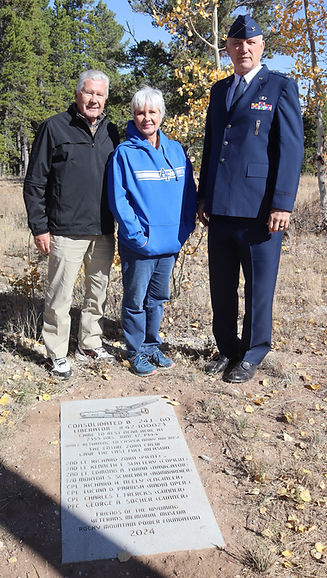
Amy Weiss's son and daughter (left), and son-in-law, a retired Air Force Colonel and AF Academy graduate, honor the crew that perished here.
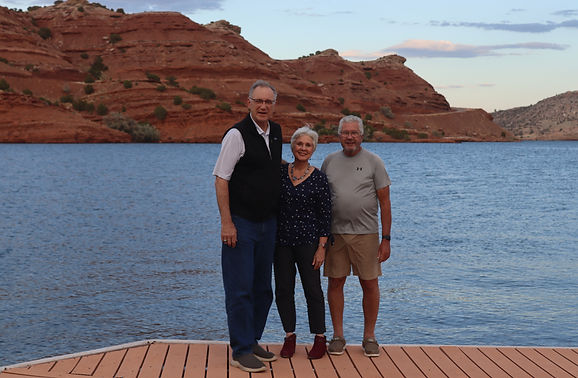
The Amy Weiss family at Lake Alcova.